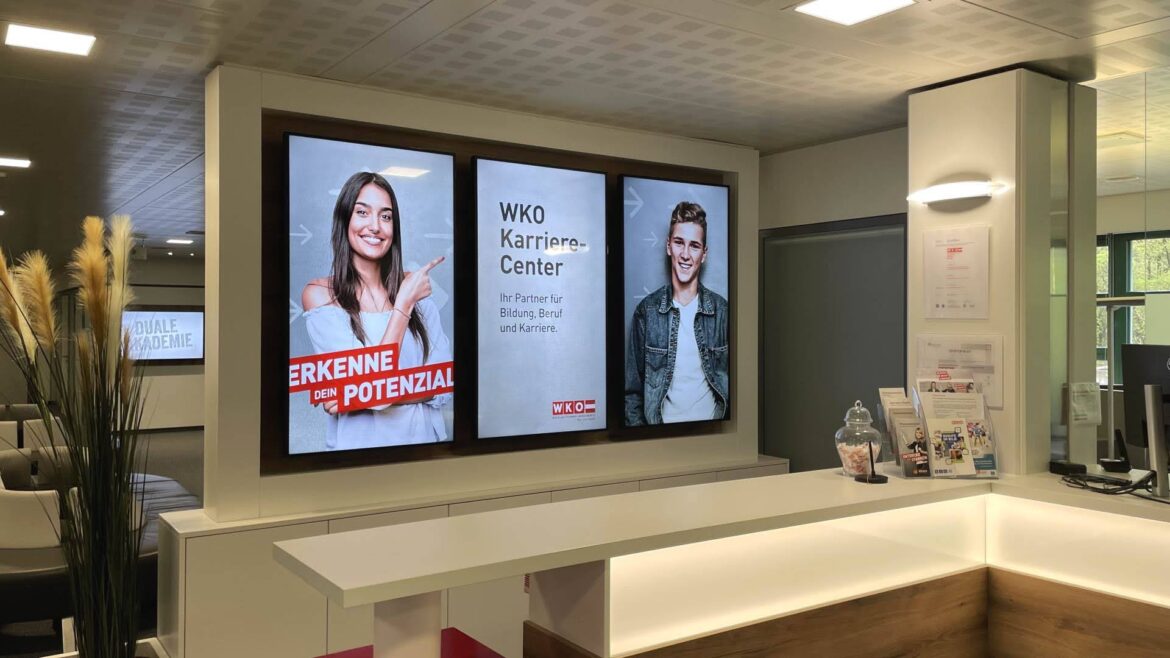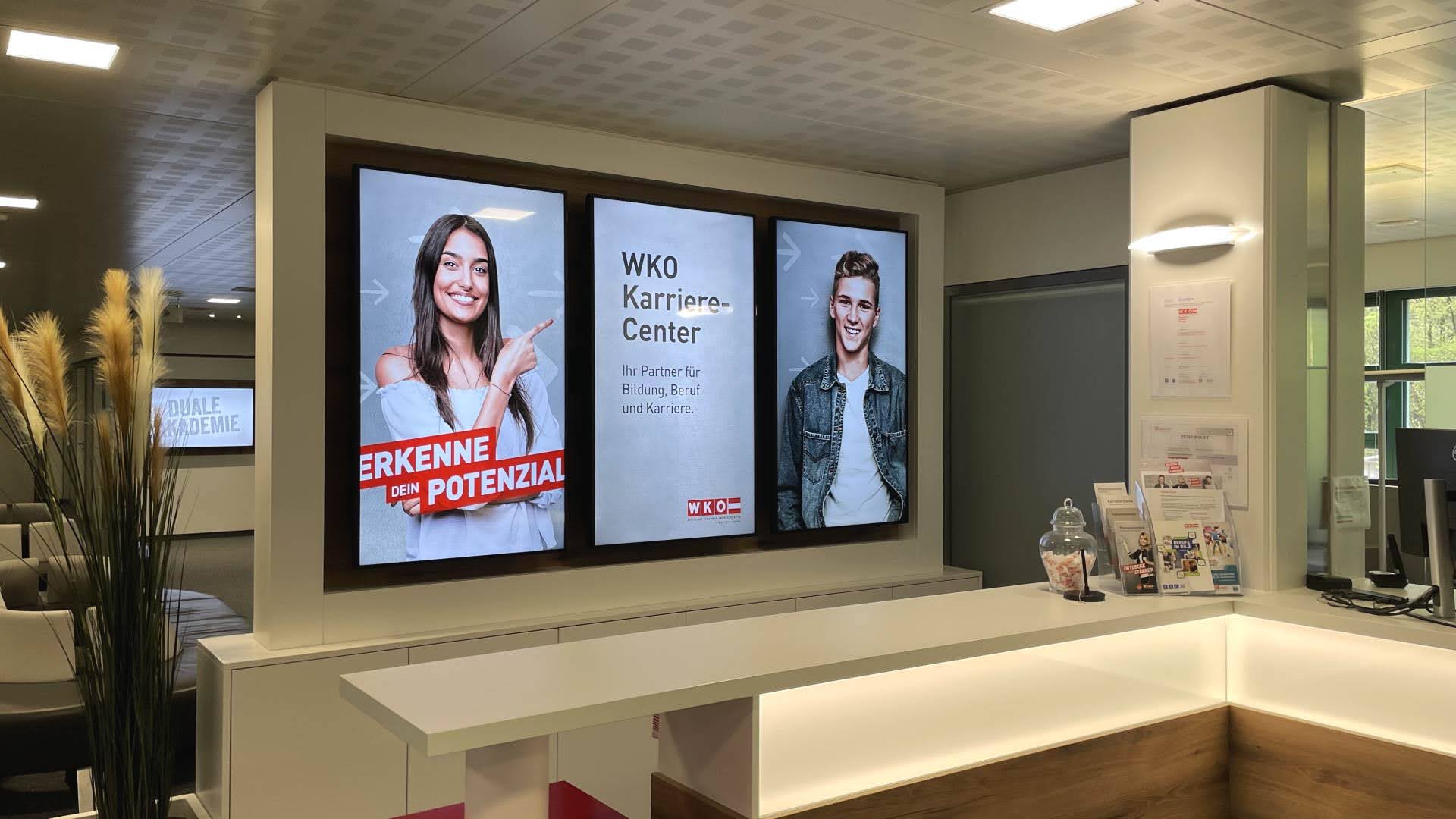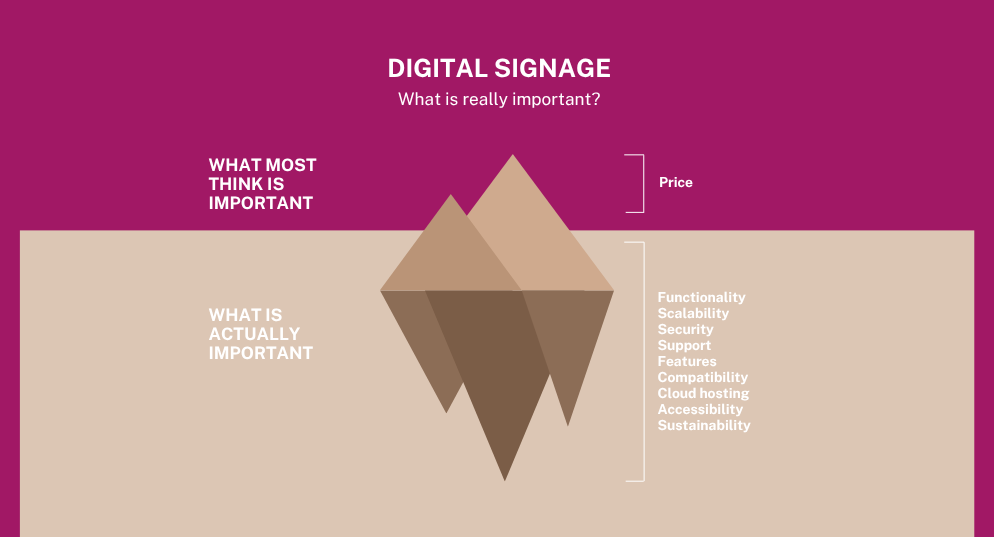7 advantages of business digitization [2025]
7 ADVANTAGES OF BUSINESS DIGITIZATION [2023]
Digitalization of businesses comes with some less known advantages which have a huge impact. FRAMR. presents the seven most important ones.
In this article:
- Digitalization: Too many businesses miss the trend
- Why digitization for businesses is important
- The advantages of business digitization
- Advantages for your cients
- This is how the implementation succeeds
- Are there any disadvantages and risks of business digitization?
- Conclusion
Digitalization: Too many businesses miss the trend
The digital transformation is advancing, but not all companies are successfully following suit. In a way, that’s understandable, because the switch to digital processes doesn’t happen overnight. Nonetheless, small and medium-sized companies in particular are missing out on opportunities if they sleep through current trends and fail to realign their strategies.
Before we take a closer look at the benefits of digitization, we examine the current situation and what difficulties exist in the digital restructuring of corporate processes. Finally, we also look at possible disadvantages to give a better overall view of the topic.
First, an important message: Don’t think too complicatedly when it comes to digitization. Every company goes through the journey of expanding digital processes, be it in internal communications or in advertising. It’s not just about the big steps, whereby an analog company suddenly transforms into a tech giant. The following therefore does not resemble a manual in the direction of “How do I use less paper in the company”, but rather relates to the digitization of internal processes (e.g. marketing and recruitment).

Mobility and social media are two main advantages of the digital progress | © NordWood Themes
The advantages of digitization in companies are well known to many. Thanks to technological progress, there are financial savings opportunities, companies generate more sustainably and offer their customers flexible solutions. Difficulties often arise during implementation – that’s why we have prepared the following tips to pave the way for the digitization of your company and to better prepare you for implementation measures.
Why digitization for businesses is important
Even though digitization is making progress in companies, the processes and skills still have room for improvement. A statistic published on February 14, 2022 shows that 35 percent of German companies consider themselves to be digitalization pioneers and, in turn, 44 percent state that they have increased their sales through digital measures.*
Progress is therefore discernible, but there is still a lot of potential to be exploited. Other countries, especially the USA, are much more advanced and are already using digital technologies that are not yet used in the DACH region or are used to a lesser extent.
AI applications are a good example of this, but they are now also becoming more popular in Germany. One example is generative AI applications such as ChatGPT.
Even before the development of AI, German companies recognized the benefits of digitization in the world of work. For example, statistics from May 2022 show that German companies with more than 50 employees have invested approximately €234 billion in service projects for digitization. The willingness to digitize is therefore there, but why does it seem to be progressing so slowly?
The real challenge lies in the lack of a doer mentality. Entrepreneurship already faces various hurdles (e.g., financial or bureaucratic) and processes for digitization do not improve the situation: the first step requires external consultants or the expansion of internal personnel structures. Then comes strategy development, which requires countless consultations within the team. The next step is implementation, which involves a high financial investment.
The thought of this process alone prevents many companies from taking the necessary steps and implementing digital measures.
However, this is no reason to stop or even rethink the change, because digital measures are gradually replacing analog processes. A good example of this is marketing: fewer and fewer companies are relying on print media, but instead on websites, search engine optimization and social media. Online processes are in fact easier to measure and thus enable more efficient use of available resources. However, only a few companies have the ability to implement various online marketing measures at the same time. But there are hardly any disadvantages to this, because even if a company focuses exclusively on search engine optimization, it is already reaping the benefits, even though other measures (e.g., social media) are not yet taking effect.
Therefore, our tip: Digitize your business processes step by step and don’t restructure everything overnight. This minimizes the effort and ensures a proportionate cost structure.
7 underestimated advantages of business digitization
Which advantages do digitized businesses have besides more flexibility, expandation of mobility and a more efficient use of resources? Many businesses ask questions like this and we anticipate it right away: Setting long term goals is the most important factor.
The advantages of digitalization in businesses are the following:
- Digitalization encourages competition and innovative ways of competing with others
- Better service for customers is provided
- Obtaining new employees easier
- Expanding communication structures
- Creating new jobs
- Easy measurement of processes
- Potential of optimizing processes
- Saving money
Digitalization encourages competition and innovative ways of competing with others
Growing competition requires constant rethinking of one’s own offering and customer communication. Right from the start, companies ask themselves to what extent their products or services set them apart from competitors and position them in relation to their target group. And the digital transformation offers additional opportunities to expand internal processes in order to constantly improve the offering and strengthen the company’s own brand.
Here, competition enables some opportunities; after all, competitors are also recognizing the benefits of digitization and optimizing their processes based on the adapting desires of the target group. But what initially appears to be a disadvantage actually promotes your company, because in a constantly growing market with a lot of competition, you are in a position to stay on the ball and offer something new. And because of the competition, there is no standstill, which constantly creates room for more innovation on the market.
Better service for customers is provided
The centralization of work processes ensures that companies can provide their customers with better service. A good example of this is the area of digital signage – thanks to the centralized, cloud-based solution approach, maintenance work is carried out holistically and not every customer is looked after individually, at least in the case of cloud hosting. This saves personnel and financial resources, and the centralized service guarantees long-term functionality. The latter also has a positive effect on customer satisfaction.
Obtaining new employees easier
Posting a vacancy, waiting for applications, and going through a long selection process – that’s what recruitment looked like for a long time, and it’s still common practice at many companies in 2022. In the course of digitalization, however, this changed and companies are finding it easier to obtain personnel, especially through social media channels such as LinkedIn or Xing.
Especially smaller start-ups and founding teams take advantage of this, because freelancer portals enable uncomplicated as well as flexible placement of orders without permanent personnel commitment. Due to the remote work (home office) of the freelancers, no additional office space is required and this saves costs.

Home Office: Remote work is one of the biggest advantages of digitalization | © Austin Poon
Creating new jobs
With digitization, many companies are pursuing the goal of expanding analog work steps as best they can through the use of modern technologies in order to preserve existing jobs. Since then, however, the digital transformation has also seen the emergence of many new occupational fields, especially in the areas of IT and digital marketing. Existing jobs are gaining additional relevance (e.g., web design) and more analog fields are undergoing a digital transformation (e.g., designers for print who now design digital media)
Easy measurement of processes
This advantage is particularly evident in digital marketing. Key figures such as reach and click-through rate can be easily accessed and provide precise insights into the success of the measures taken. Tools such as Google Analytics or the insights on social media channels such as Facebook or Instagram are particularly helpful here. But it is not only in marketing that companies benefit from better measurability, because every digital process is based on evaluable key figures.
In our blog article “What is monitoring?” we explain the advantages of process monitoring in companies and which software is available to you for this purpose.
Potential of optimizing processes
Every process goes through a test phase and it is initially uncertain whether something works or not. But it is precisely the measurability of digital processes that offers optimization potential, because it is immediately apparent from the figures whether an established measure promises the desired success.
Here again, digital advertising is a suitable example. Facebook ads or Google Ads not only promise a lot of reach and more leads, the evaluation of the data also provides information about which approaches or which type of ads perform best. This in turn enables efficient and targeted use of available resources, resulting in exponential growth.
Ready for take off?
Are you looking for an efficient way to improve communication in your company? Then only with the innovative digital signage software by FRAMR! Try it for FREE.
Saving money
Let’s stay with the example of digital advertising: Optimizing digital advertising, be it in terms of content or strategy, saves resources in the long run and for the future you know which advertising measures to consider and which not. This permanent optimization process provides immense financial savings over the years and also gives you the opportunity to learn more about the interests as well as needs of your target group – a win-in situation, because you save money and at the same time you target your marketing more specifically to potential customers, which increases sales in your company.
Note: Our examples mainly considered marketing, but other business areas also benefit from the advantages mentioned so far. Whether it’s human resources, logistics, marketing or production, the benefits of digitization for companies exist across divisions and industries.
Summary of advantages
The greatest advantage comes from the long-term optimization of internal company processes. Initially, digitization in the company requires financial investments and targeted planning, but this process is worthwhile because you gain better insights into the result structure and recognize potential that is denied you with analog methods.
Advantages for your clients
- Shorter delivery times
- Faster communication
- Better information exchange (e.g. through a FAQ section)
- Lower product costs
- Targeted interaction (e.g. through gamification)
- Improved user experience
This is how the implementation succeeds
The good news is that establishing digital work processes does not require any serious structural changes in the company. Instead, you analyze existing processes and define measures for digitization. We recommend selecting individual areas and developing a strategy for each subarea.
Example: As a team, you decide to optimize your company’s website for search engines and, at the same time, you commission the development of an app. Here, it is less important which step you focus on first, but rather which strategy you define for the individual steps, i.e. search engine optimization and app development.
FRAMR: DIVE INTO A DIGITAL AND INTUITIVE WORLD
Looking for a way to better target customers and digitize your marketing? FRAMR. products pave the way for you! Digital signage promotes communication with your customers and you respond to their needs in a targeted manner. In addition, you gain significant competitive advantages thanks to a better user experience and a lot of “wow effects”.
You are not convinced yet? Then get a detailed overview of the advantages HERE! You can also try our FREE trial version to experience FRAMR in action. Spoiler alert: You’re guaranteed to be thrilled, and for a monthly subscription cost of just €6.90!
Are there any disadvantages and risks of business digitization?
Digital transformation promises a wide range of benefits, but some are still skeptical. Many criticize, for example, that jobs are at risk as a result of digitization. Others, in turn, see the financial outlay as a major hurdle.
It is a misconception to claim that digitized work processes will lead to job losses, because some professions downright require retraining to learn new skills. A good example is the profession of architect – ten to 20 years ago, houses were created on paper, now they are created with digital programs. And thanks to continuing education, even architects trained in the 1990s know how to use modern software.
The objection that digitization requires high investments is also not entirely correct. It is true that in marketing, for example, many test phases are required to assess the success of an advertising measure, and content marketing in particular is known to involve a high investment of time as well as money. However, it should not go unmentioned that such investments are worthwhile in most cases and the average return on investment in content marketing is four percent*. This means that the supposed disadvantage turns into an advantage in the long term.
Conclusion: Advantages of business digitization outdo the disadvantages
Digital business processes will be indispensable in 2023. The advantages of digitization range from increased flexibility to expansion of competition. Many see the digital transformation as a threat to jobs, but it is precisely the basic innovative idea that will create further opportunities in the future to combine analog workforce with modern technology. Business areas such as marketing are already showing the added value that the implementation of digital strategies offers companies, not to mention the opportunities to use resources more efficiently and evaluate results more accurately.
Contact us
*Source: https://de.statista.com/themen/6129/digitalisierung-der-arbeit/#topicHeader__wrapper
Pictures: © Canva.com




 Our customer “PlusCity”. On the left, an interactive display for independent navigation. On the right, a classic advertising stele.
Our customer “PlusCity”. On the left, an interactive display for independent navigation. On the right, a classic advertising stele.
